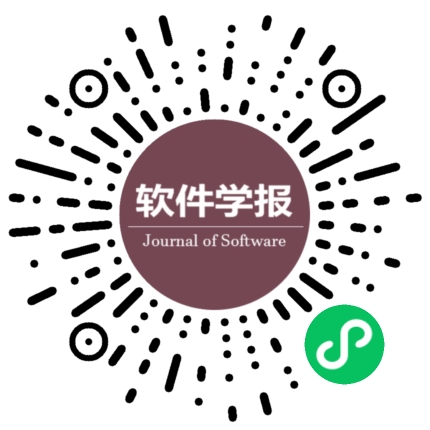多文化场景下的多模态情感识别
作者:
作者单位:
作者简介:
陈师哲(1994-),女,湖南邵阳人,博士生,CCF学生会员,主要研究领域为多媒体语义内容分析;金琴(1972-),女,博士,博士生导师,CCF专业会员,主要研究领域为多媒体计算;王帅(1993-),男,硕士生,CCF学生会员,主要研究领域为多模态情感计算.
通讯作者:
金琴,E-mail:qjin@ruc.edu.cn
中图分类号:
基金项目:
国家重点研发计划(2016YFB1001200)
Multimodal Emotion Recognition in Multi-Cultural Conditions
Author:
Affiliation:
Fund Project:
National Key Research and Development Program of China (2016YFB1001200)
引用本文
陈师哲,王帅,金琴.多文化场景下的多模态情感识别.软件学报,2018,29(4):1060-1070
复制相关视频
分享
文章指标
- 点击次数:
- 下载次数:
- HTML阅读次数:
历史
- 收稿日期:2017-04-30
- 最后修改日期:2017-06-26
- 录用日期:
- 在线发布日期: 2017-11-29
- 出版日期:
文章二维码

您是第位访问者
版权所有:中国科学院软件研究所 京ICP备05046678号-3
地址:北京市海淀区中关村南四街4号,邮政编码:100190
电话:010-62562563 传真:010-62562533 Email:jos@iscas.ac.cn
技术支持:北京勤云科技发展有限公司
版权所有:中国科学院软件研究所 京ICP备05046678号-3
地址:北京市海淀区中关村南四街4号,邮政编码:100190
电话:010-62562563 传真:010-62562533 Email:jos@iscas.ac.cn
技术支持:北京勤云科技发展有限公司



